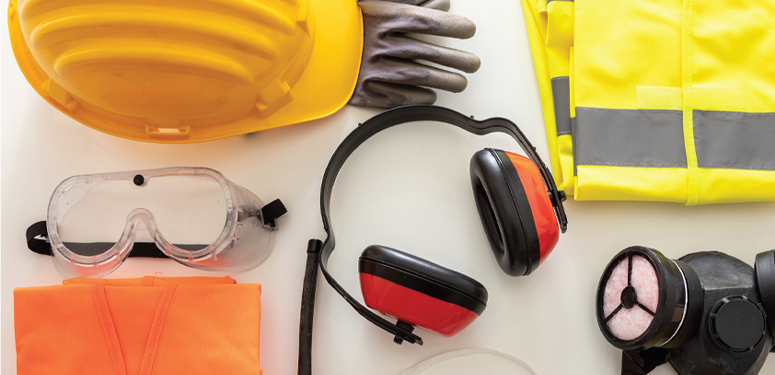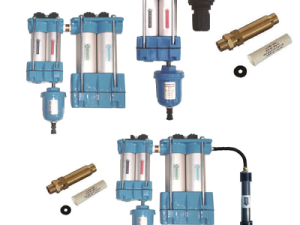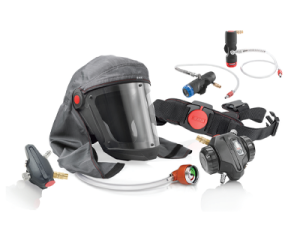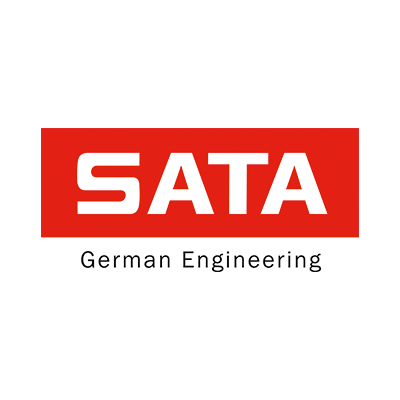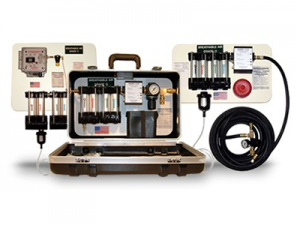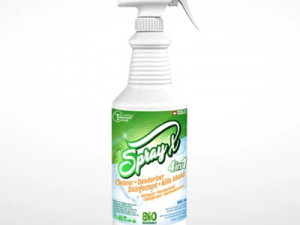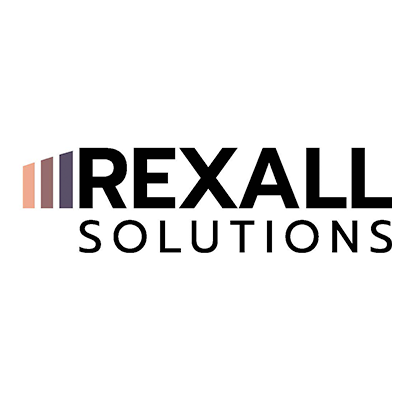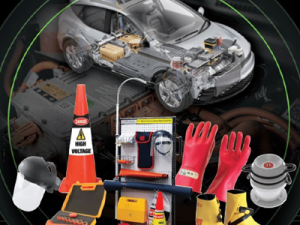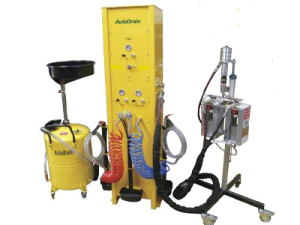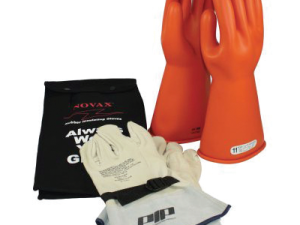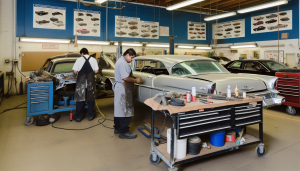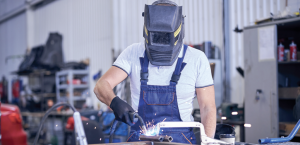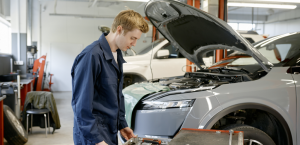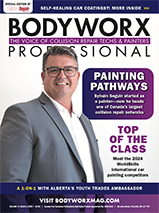
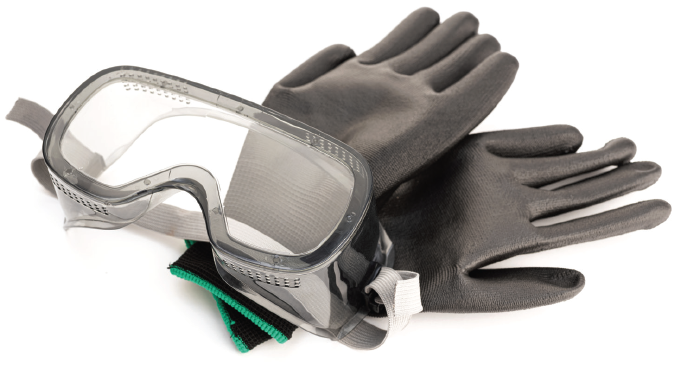
SAFETY IS KEY
UNLOCK YOUR POTENTIAL WITH PPE
It’s a fact—collision repair is often dangerous work. As a result, it requires the proper safety equipment to ensure that the process remains accident free. With the rise of electric vehicles and greater initiatives being made for an eco-friendly landscape, it is more important than ever for automotive technicians to be fitted for the future.
Collision repairers should possess and wear personal protective equipment (PPE) such as approved respirator, coveralls, gloves, and eye protection. They should also refer to Safety Data Sheets (SDS) and follow precautions for all the products they use, especially isocyanates. The area where products are used should be well ventilated. It is important to ensure that the PPE fits properly, is not torn, ripped, or defective.
In addition to these precautions, it is important to remember to keep all motors inside the shop turned off and avoid using compressed air to remove dust from clothes or surfaces. If collision repair workers do not wear the proper PPE or follow proper safety protocols, they may be exposed to hazardous chemicals and materials that can cause serious health problems such as respiratory issues, skin irritation, and cancer. They may also be at risk of accidents such as fires and explosions.
When working with electric vehicles, it is important to have high-voltage gloves and to ensure that all PPE has been approved for working on high-voltage systems.
Safety is first and foremost when it comes to doing repair right, and some steps that can be taken to bring awareness to workplace hazards include fostering a culture of open communication regarding safety concerns so employees feel comfortable reporting any safety hazards or issues they encounter, no matter how minor they may seem.
Additionally, establishing an emergency response plan that includes procedures for dealing with accidents, spills, or exposure incidents is a critical action towards the implementation of workplace safety. All employees should be aware of these procedures and know how to respond effectively in case of an emergency.
It’s always better to be safe rather than sorry. Luckily, we have some products to keep you safe and that we’re more than sure you won’t feel sorry investing in.
-

Quality Compressed Air Filtration
Read more0 out of 5 -

SATA air vision 5000
Read more0 out of 5 -

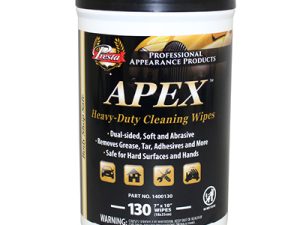
APEX Heavy-Duty Cleaning Wipes
Read more -

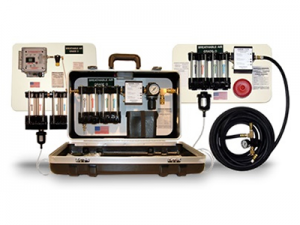
Martech’s Quality Air Breathing Systems
Read more0 out of 5 -

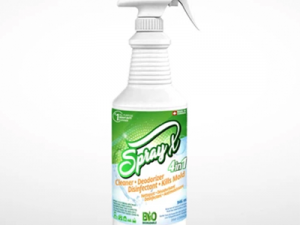
Spray X
Read more0 out of 5 -

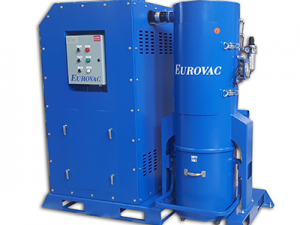
Central Dust Extraction System
Read more0 out of 5 -

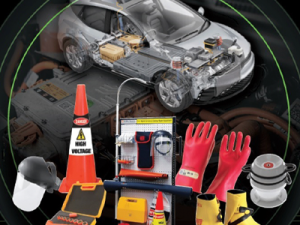
EV Battery Care
Read more0 out of 5 -


Eurovac II Pneumatic Portable
Read more0 out of 5 -

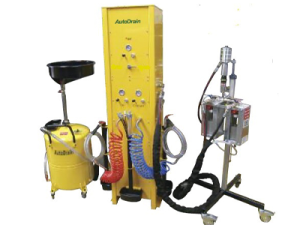
Auto Drain
Read more0 out of 5 -

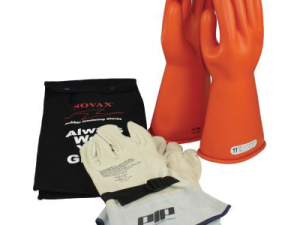
Novax® Rubber Insulating Gloves Kit
Read more0 out of 5 -


SATA filter 500 Series
Read more0 out of 5 -

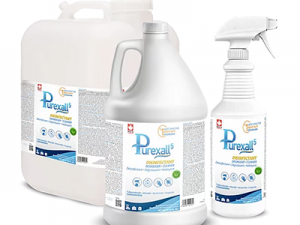
Purexall 5
Read more0 out of 5




